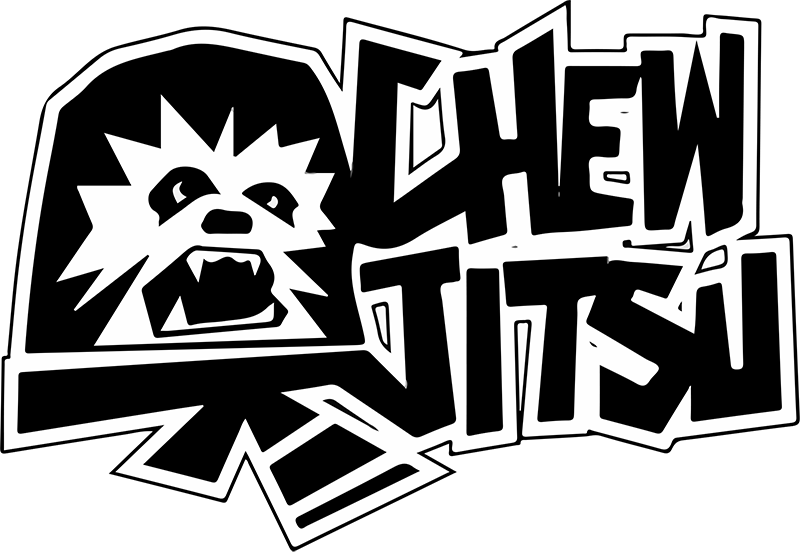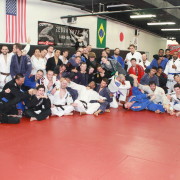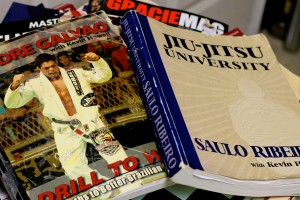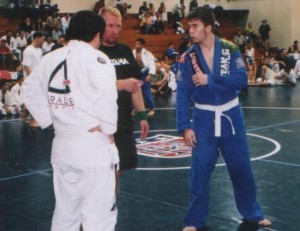
I didn’t get into Brazilian Jiu-jitsu for money
I never got into Jiu-jitsu for money. I never got into BJJ with the notion that I would someday make a living from it. I never even had the idea that I would be a black belt someday. When I first started training I was learning under a purple belt. Black belts were so scarce in the mid-west that if you saw one it was like seeing a mythological creature. We’ll say unicorn. I just trained because I enjoyed training and hoped to not suck someday.
Now, as a black belt and someone who is more involved with the business side of things. I understand that certain things need to be in place and the business has to be ran like a business. That said, there are 3 money making practices that I see at many gyms that I personally don’t believe in. If you’re reading this and practice these, you may disagree with my ideas and that’s fine. But for me these three practices don’t coincide with my personal philosophy for Brazilian Jiu-jitsu. From personal experience I feel like when money is the center of attention and not the training, everyone suffers.
I dislike belt testing fees
One practice I dislike, although it would be fairly lucrative for me if I were to implement it, is belt testing fees. I’ve seen some gyms that do a 60-100 dollar belt testing fee. I’ve also seen some other gyms that charge a fee per stripe. I don’t know why this bothers me, but it does. Something seems odd to me about charging someone for their hard work. I would feel sleazy coming up to one of my students and saying, “Hey brother, great job. I’m so proud of you for dedicating yourself. You’ve grown so much and you passed your test. Oh by the way, that’ll be 75 bucks.”
It takes at least a 1-2 years to get a blue belt and 2-3 years typically for each belt after. This means that that particular student has been consistently putting in the work, paying their gym dues and helping improve not only themselves but also those around them. Isn’t that enough?
I dislike limiting classes
I’ve seen gyms practice a tiered pay structure where you pay price “A” and you get to train 1-2 days a week and if you pay the more expensive price “B” you get to train more, and so on. I could understand doing an additional fee for additional styles but why up charge just to train more of one style.
One of my students told me they visited a gym that charged $170 a month and they could come to 1 class a week. So that student is paying $42.50 per class and on top of that, at one day a week their growth on the mat is going to be hampered.
As instructors, don’t we want our mats packed? As instructors don’t we want our young fledgling Jiu-jitsu practitioners to be on the mat consistently. As instructors don’t we want our students to become the best that they can be? Isn’t that our job and goal? I think so, and I don’t think that charging outrageous amounts for unlimited classes is conducive to this. When I consider this, I think back to myself as an 18 year old. If I would have been under this type of pay structure, I wouldn’t be where I am today.
Mat fees
I’ve never charged mat fees to visitors. It always strikes me as strange. People post pictures with #BJJBrotherhood and talk about the BJJ lifestyle and all that shit. But then they pop a mat fee to people just stopping by. I can understand how this could be some nice extra income especially if you have a gym that has a ton of traffic. But with that, I don’t know, it just seems to go against the idea of the brotherhood of Brazilian Jiu-jitsu. If I have someone visiting my gym for a day or two. I want to welcome them and give them a Jiu-jitsu home away from home. I don’t think that a great way of showing that is by popping someone with a mat fee that I’ve seen range from anywhere to $20 to $75. Also, I’m always happy to welcome a visitor to our gym. They typically have a different style than my guys and it’s fun to watch, and roll with them and see how the styles react with one another.
As far as the monetary gain, I can tell you that goodwill has a monetary benefit. I’m not sure how to quantify it into a dollar amount, but it’s worth something. Over the years I’ve had several students who became long term students under me because of things they heard from others. One in particular was a Navy seal who trained with us. At the time he was a purple belt, he’s now a black belt and has been back to the gym many times. During his first visit he trained with us for 2 weeks. We just waived any fee since he was only able to train here and there. Well, we welcomed him like one of our own. While working in Iraq he told several people who were moving to a nearby Army base about us. He raved about the atmosphere and the training. Several of these soldiers started training at the gym and have become terrific students and friends. I’m actually having brunch with one of them this Sunday. Too bad Peter W isn’t here to join! Pete if you’re reading this. We all miss ya brother!
Also, I take a certain sort of pride when a person pulls out their wallet and I tell them, “Don’t worry about it, we don’t do mat fees.”
This post is just a rant on my part. I hope it doesn’t come across as too whiny or anything like that. But If you’re reading this and you someday have a gym. Try and keep Jiu-jitsu first. Do what you have to do to make money and run the business, and offer such an awesome experience that people want to come back. But always keep the training and the people first.
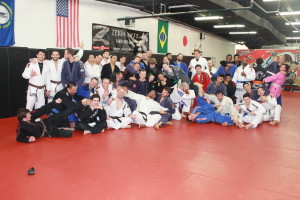
As always, thanks for reading,
Chewy
